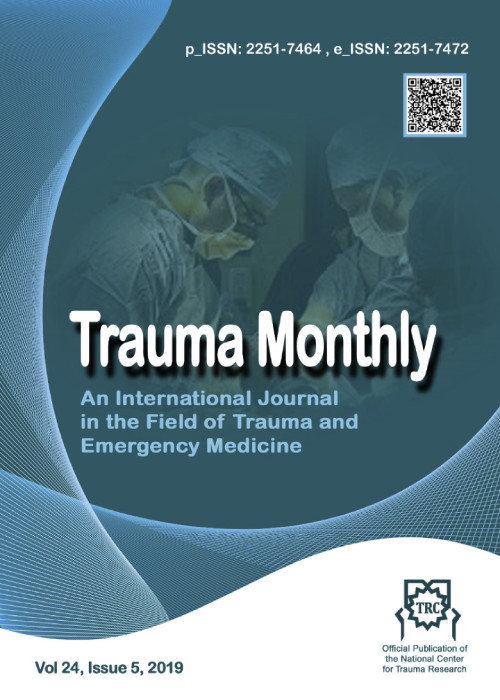Treatment of Extra-Articular Distal Tibial Fractures: Minimally Invasive Percutaneous Plate Osteosynthesis Versus Intramedullary Nailing
Extra-articular distal tibia fractures have always been a challenge for orthopedic surgeons, and currently there is no consensus on whether to manage such fractures through the use of a plate or with an interlocking nail.
In this study, we compared the outcome of installing a medial distal tibial locking plate through minimally invasive percutaneous plate osteosynthesis (MIPPO) with closed intramedullary interlocking nailing in the treatment of extra-articular distal tibial fractures.
This prospective study was conducted on 60 patients with extra-articular distal tibial fractures. Thirty patients were treated with a distal tibial locking plate by MIPPO, and another thirty patients with closed intramedullary nailing. Patients were followed-up on every four weeks from time to full weight bearing and radiological union, alignment of the fracture, and the discovery of any complications. The final symptomatic and functional results were evaluated using the Teeny and Wiss clinical assessment criteria at nine months.
Though mean time to full weight bearing was early in the plating group, and mean time to radiological union was early in the interlocking group, these values were not significant (P = 0.244 and 0.246, respectively). Both techniques had their own set of complications. Primary valgus malalignment was more common among the nailing group (P = 0.001), but the majority of cases were in the acceptable range, so the occurrence of valgus mal-union was not clinically significant. The final Teeny and Wiss clinical and symptomatic scores at nine months were not statistically significant between the plating and nailing groups (P = 0.451).
Both treatment via medial distal tibial locking plate by MIPPO and closed intramedullary interlocking tibia nailing are viable options for management of extra-articular distal tibia fractures, with each method having its own merits and demerits. The final choice between the two depends on the surgeon’s experience and his or her familiarity with the respective technique
- حق عضویت دریافتی صرف حمایت از نشریات عضو و نگهداری، تکمیل و توسعه مگیران میشود.
- پرداخت حق اشتراک و دانلود مقالات اجازه بازنشر آن در سایر رسانههای چاپی و دیجیتال را به کاربر نمیدهد.


